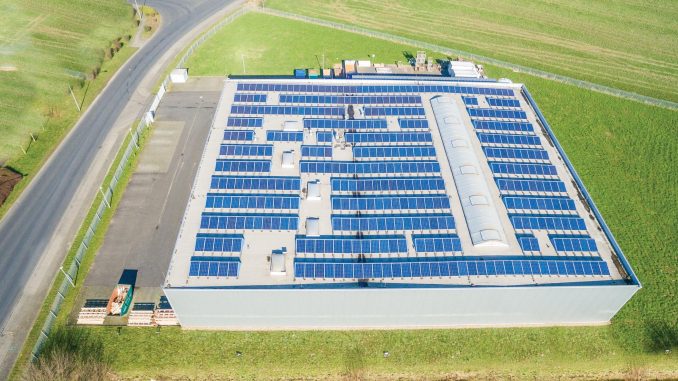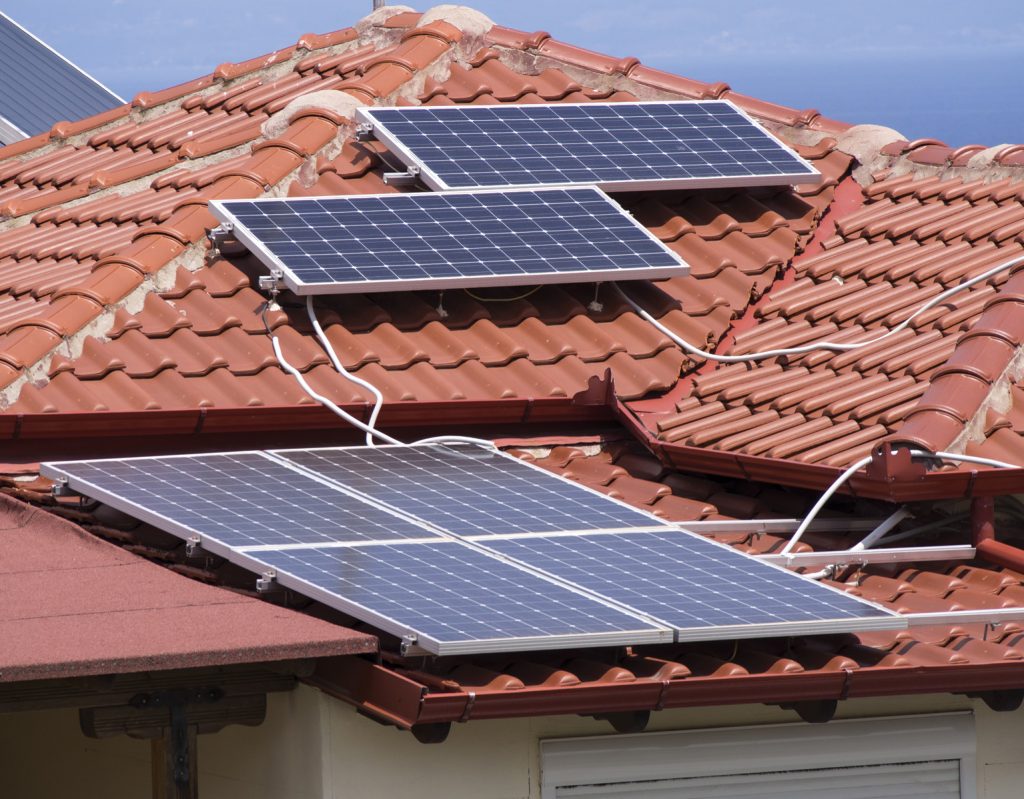
Net metering was introduced in India to provide a boost to the solar rooftop segment. The mechanism allows for a two-way flow of power, wherein the consumer can generate electricity from the rooftop solar photovoltaic (PV) system, which can be fed back into the grid, and also draw electricity from the grid when the solar plant is not producing power. The consumer is billed only for the “net” electricity (total consumption minus own PV production) supplied by the discom. As a policy, this was expected to make rooftop solar installations attractive and help the industry grow.
Most of the states have provided for net metering through varying regulations. The policies across these states differ in terms of subsidy, applicability, plant size and grid penetration. While states like Gujarat have a provision for subsidy for the installation of rooftop solar plants, Delhi provides generation-based incentives (GBIs) to promote rooftop solar with net metering. Most states cover up to 1 MW installations with individual system sizes ranging from 30 per cent to 150 per cent of the sanctioned load. Karnataka covers 150 per cent of the individual system size, while places like Delhi and Himachal Pradesh are on the lower side. The grid penetration percentage of the distribution transformer rating also varies from 15 per cent 18 per cent with the highest capacity being in Karnataka and the lowest in Delhi. The price at which the electricity can be fed into the grid differs as well. It is nil in the case of Tamil Nadu, the average power purchase cost in Maharashtra and Delhi, the average cost in Andhra Pradesh and a fixed tariff in Karnataka.
Key challenges
The differing policy structures and regulatory frameworks have had a varied impact on the success of rooftop solar installations. Some states like Gujarat and Karnataka are leading the installations, while others like Bihar are far behind the targets set by the Ministry of New and Renewable Energy. The most important factor affecting net metering implementation in India is the limited knowledge of utilities regarding the regulatory framework for net metering and its implementation. Limited knowledge constrains them from implementing net metering at the system level. In fact, in almost all states, the state electricity regulation commissions’ (SERC) net metering regulations mandate utilities or project owners to procure net meters as per the technical specifications of the Central Electricity Authority. However, a number of utilities have not yet procured such net meters and the project owners or the engineering, procurement and construction companies have to procure the meters themselves.
There have been continuous delays in the implementation of net metering by the discoms, despite the SERC mandates. The chain of activities, from implementation to interconnectivity and feasibility, is taken care of by the discoms. If the discom fails to carry out the entire process within the specified time, there are delays in the capacity to install rooftop solar in that particular state. The reason for the failure of discoms to carry out the work within the designated time is their perceived loss of consumption relating to cross-subsidy charges and fixed cost recoveries. Overall, all this has affected the rooftop solar installations with net metering.
One of the best examples of the implementation of net metering is Delhi. The concept of group and virtual net metering was introduced in the city to help promote rooftop solar installations. The regulatory authority and the discoms have been quite proactive in carrying out net metering-based rooftop installations. The initiative has helped them meet the renewable purchase obligation while also maintaining grid stability. Nevertheless, PV installations are quite low as compared to the state’s capacity. Delhi has a solar power potential of around 2,500 MW, of which 35 MW has been installed. Moreover, of the total installed rooftop solar capacity, only 25 per cent is under net metering.
Case study: Germany
Germany has witnessed an exponential growth in rooftop solar installations, from 2.9 GW in 2006 to 40.85 GW in 2016, under the concept of gross metering. The installed capacity is more than half the peak demand in the country. About 21 per cent of the power generated in Germany is through solar, of which 65 per cent is through rooftop solar. Germany made a conscious effort to introduce very high feed-in tariffs (FiTs) for residential customers through gross metering during 2006-14 to ensure that consumers install rooftop solar systems and feed the power into the grid.
However, this has become a loss-making proposition due to the constantly falling prices of solar power. The stock prices of big discoms like EON, RWE and EnBW crashed in 2015 owing to the huge rooftop installations with high FiTs, which imply a huge financial outgo. In order to control the situation, the utilities are now trying to redefine their strategy by introducing a market-based auction system to tender new rooftop projects.
Points to ponder
The key question is, what are the factors that are likely to promote rooftop solar in India? Is it policies, regulations or net metering? Rather than advocating gross or net metering, experts have stressed on the implementation issues, capacity building of discoms and the need to formulate viable policies that include the interests of all stakeholders as a solution to the slow uptake.
The Germany case study highlights that a one-sided approach to net or gross metering could be a big failure. The industry needs to be looked at area by area, depending on the customer segment. For customers who are subsidised, net metering may not be the most viable option and discoms would also be interested in providing them with gross metering as it would not affect their cross-subsidy surcharges. Thus, selective implementation of gross or net metering can help not only in protecting discom interests but also in broadening the rooftop solar base across residential, industrial and commercial consumers.
Moreover, discoms play a critical role in the value chain. There has to be a proper flow of information to the discoms about the benefits of net metering, about how it can help ensure grid stability and improve the value chain. Considered actions have to be taken by the government to include the utilities and their interests while formulating relevant policies.
The key challenge of limited availability of solar power will also need to be resolved. The best potential solution to do so is to make storage a viable option. This will help address the issue of grid stability as storage will reduce the dependence on the grid to a certain extent. However, it will take a year or two for storage costs to become an economical solution for rooftop projects.
Conclusion
Clearly, net metering can become a success if it is implemented properly, backed by regulatory support that includes the interests of all stakeholders in the rooftop solar segment. Overall, with low installation costs and decreasing storage costs, the future outlook for the segment remains bright. n
Based on a presentation by Anvesha Thakkar, Adviser, KPMG India




